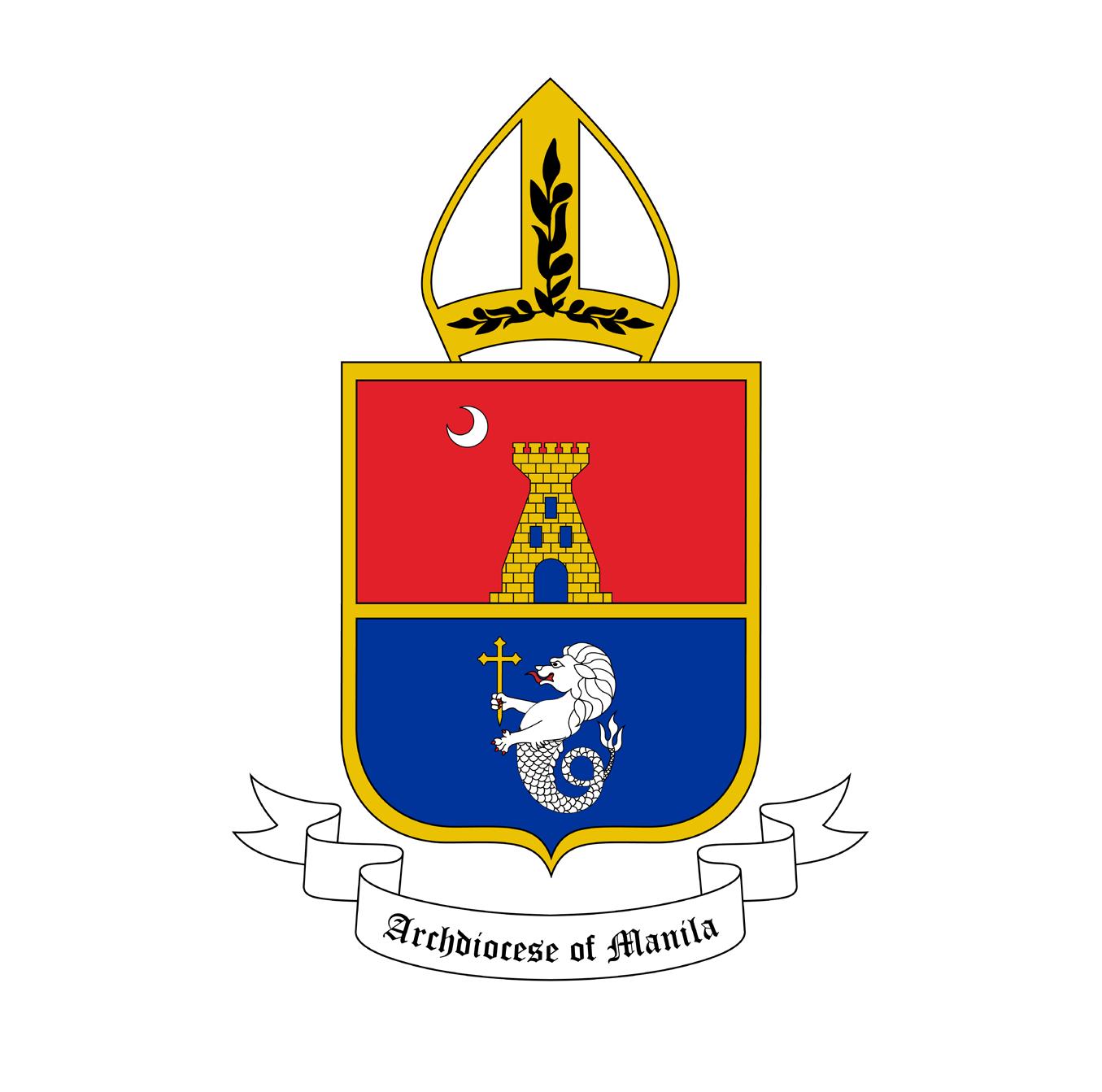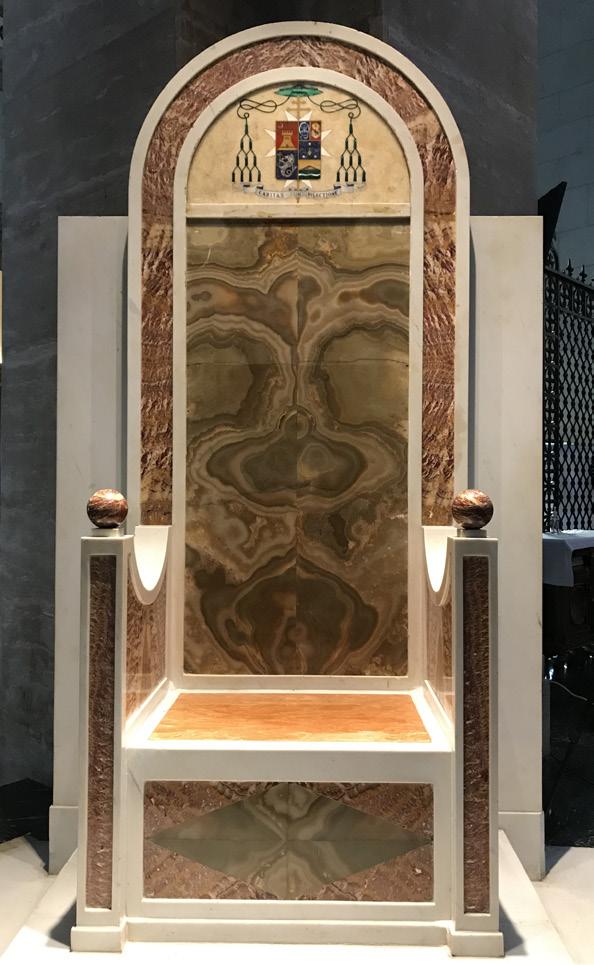HISTORY On February 6, 1579, Pope Gregory XIII, by virtue of the Apostolic Constitution Illius fulti praesidio, established Manila as a suffragan diocese of Mexico. Fray Domingo Salazar, a Dominican, was appointed its first bishop. Bishop Salazar took possession of his ecclesiastical seat in 1581. The church that was built earlier by Miguel Lopez de Legazpi, where the Manila Cathedral now stands, became the seat of the diocese and was placed under the patronage of La Purisima e Inmaculada Concepcion. Part of the Apostolic Constitution, Illius fulti praesidio, states, “… we erect and establish forever the town of Manila into a city, and its church into a cathedral, under the title ‘the conception of the same Blessed Virgin Mary’ to be held by one Bishop as its head, who shall see to the enlargement of its buildings and their restoration in the style of a cathedral church.”
OPPOSITE PAGE The throne room of the Arhbishop’s Palace during the Spanish colonial period
Archdiocese of Manila | Style Guide
On August 14, 1595, Pope Clement VIII, upon the proposal of King Philip II, issued the Papal Bull Super specula militantis ecclesiae elevating Manila into an Archdiocese thereby creating three suffragan sees, namely, Nueva Caceres, Nueva Segovia and Cebu. With the creation of these new dioceses, the territory of the Archdiocese of Manila was reduced to the City of Manila and ten nearby provinces, namely, Rizal, Bulacan, Pampanga, Nueva Ecija, Batangas, Laguna, Cavite, Bataan, Zambales and Mindoro. At the onset of the 20th century, the Archdiocese of Manila was further divided separating some areas to create independent sees and forming new dioceses. 1


